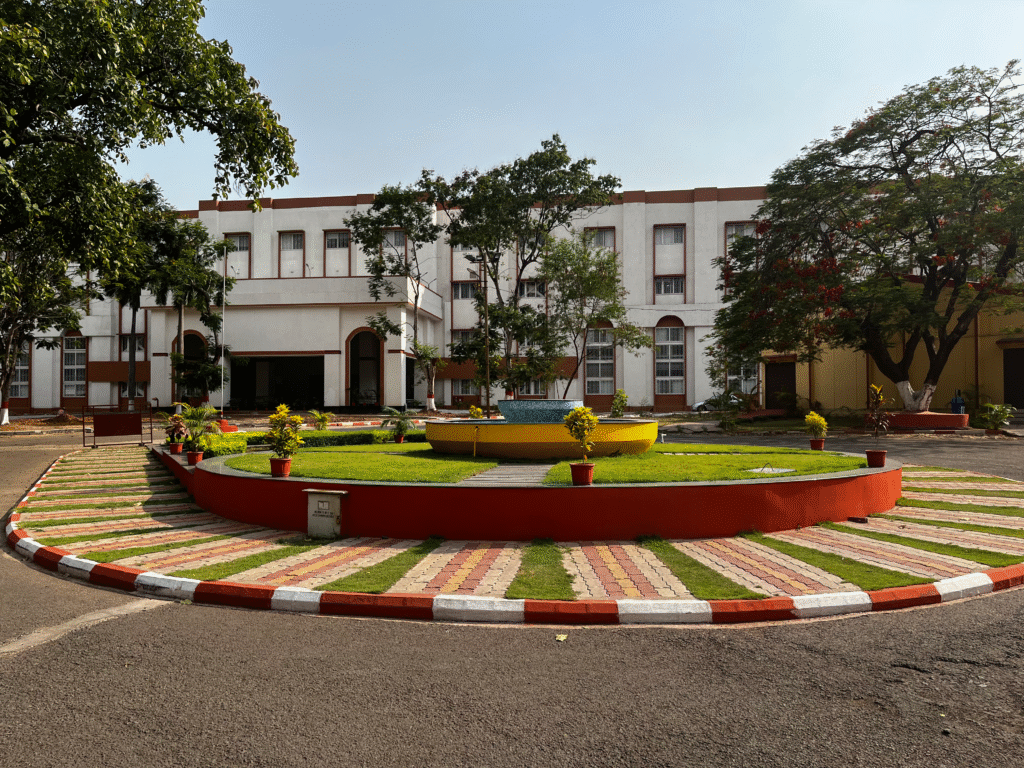Nest-In: Building a Greener tomorrow with Sustainable and Smart Construction
As the global conversation around sustainability grows louder, the need for eco-conscious construction has become more pressing than ever. The building and construction sector accounts for nearly 40% of global carbon emissions, making it a crucial area of focus in the journey toward a greener planet. Leading this transformation in India is Nest-In, a Tata Steel initiative, dedicated to revolutionizing how buildings are conceived, constructed, and sustained—without compromising the planet’s future.
Sourcing Sustainable Resources: The Foundation of Green Construction
At the heart of any green building movement lies the critical aspect of sourcing sustainable materials. Nest-In recognizes that traditional construction methods, heavily reliant on non-renewable resources and high-emission processes, are no longer viable in the fight against climate change.
Nest-In focuses on using locally sourced, recyclable, and energy-efficient materials in its construction practices. This not only reduces the carbon footprint associated with transporting materials over long distances but also supports local economies. By promoting the use of green construction materials-such as recycled steel, fly ash-based cement, and low-VOC paints-Nest-In minimizes the environmental impact at every stage of the building lifecycle.
Sustainable sourcing also includes consideration of water usage, energy consumption during manufacturing, and the recyclability of materials at the end of their life. Nest-In’s commitment to resource efficiency ensures that buildings are not only eco-friendly at the time of construction but also throughout their operational lifetime. Above ground construction is dry- this saves water upto 48%.

Prefab Technology: Reinventing the Way India Builds
One of the most impactful innovations in sustainable construction is prefabrication—and Nest-In is at the forefront of implementing this technology in India. Prefab construction involves manufacturing building components in a controlled factory environment and then transporting them to the site for assembly. This approach significantly reduces material wastage, energy consumption, and on-site pollution.
Unlike traditional construction, which often leads to inefficiencies, delays, and environmental degradation, prefab technology offers precision, speed, and reduced environmental disturbance. Nest-In uses this advanced technique to deliver modular infrastructure that is robust, aesthetically pleasing, and environmentally responsible.
From modern housing units to modular toilets, smart classrooms, healthcare centers, and retail kiosks, Nest-In’s prefab solutions are designed to meet diverse needs while maintaining a 53% Lesser carbon footprint. This technology also contributes to better waste management (65% lesser waste) and reduces the dust and noise pollution typically associated with conventional construction.
Driving Government Initiatives for Eco-Friendly Infrastructure
Nest-In’s innovation is aligned with several government-led initiatives aimed at building a sustainable and resilient India. As the government pushes forward with schemes like ‘Housing for All’, Swachh Bharat Abhiyan, and Smart Cities Mission, there is an increasing demand for eco-friendly and efficient infrastructure.
Nest-In’s prefab solutions are ideal for these initiatives, providing faster execution timelines, lower costs, and a significantly smaller environmental footprint. By supporting the develop-ment of green homes, public utilities, and community infrastructure, Nest-In is helping shape the foundation of a cleaner and more sustainable urban future.
Additionally, the use of modular construction enables easy scalability and relocation of structures, ensuring flexibility and adaptability in line with the evolving needs of urban and rural India.
Holistic Impact: Environmental, Social, and Economic
Nest-In’s contribution to green building goes beyond just materials and methods. It adopts a holistic approach that encompasses environmental, social, and economic dimensions of sustainability.
Environmental Impact: Nest-In buildings are designed to be energy-efficient, low-maintenance, and durable, reducing their overall environmental impact over time. The reduced use of natural resources and lower emissions during construction help in conserving biodiversity and promoting ecological balance.
Social Impact: Nest-In creates solutions that enhance the quality of life—be it through better sanitation, access to education, or improved housing. These efforts promote inclusive growth and uplift communities across India, particularly in underserved and remote regions.
Economic Impact: By promoting faster project delivery and cost-effective construction, Nest-In helps developers and government bodies optimize their investments. Local sourcing and modular construction also generate employment and support small-scale industries, contributing to sustainable economic development.
Innovation Meets Responsibility
As India progresses towards achieving its climate goals and building a net-zero future, the role of construction innovators like Nest-In becomes increasingly vital. The brand continuously invests in research and development, exploring new ways to make buildings more energy-efficient, materials more sustainable, and processes more circular.
Whether it’s designing zero-waste buildings, integrating renewable energy systems, or pioneering water-saving technologies, Nest-In’s journey is marked by innovation with responsibility. The company ensures that every structure it creates stands not only as a symbol of development but also as a testament to environmental steward-ship.
TATA Steel Nest-In
Toll Free No : 1800 208 8200
Web : www.nestin.co.in








